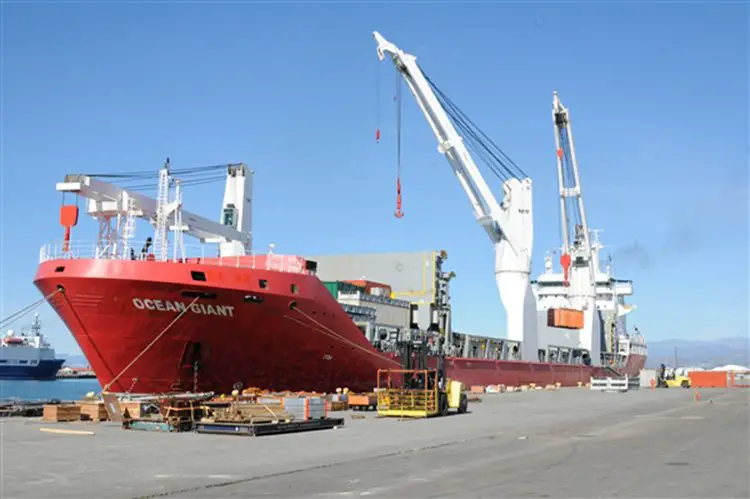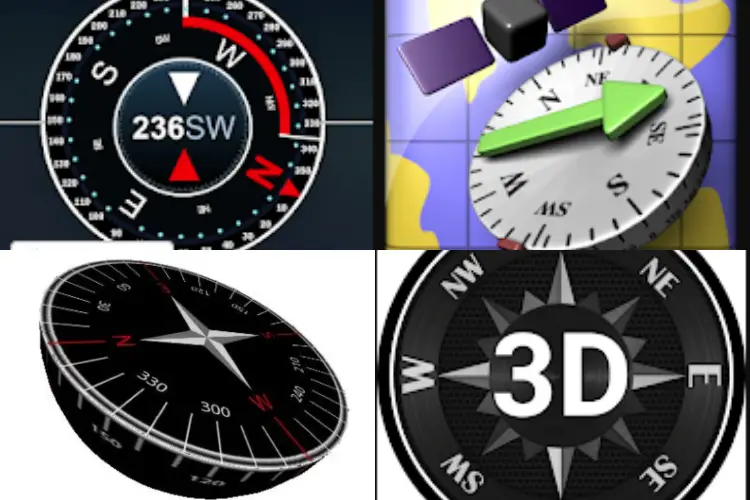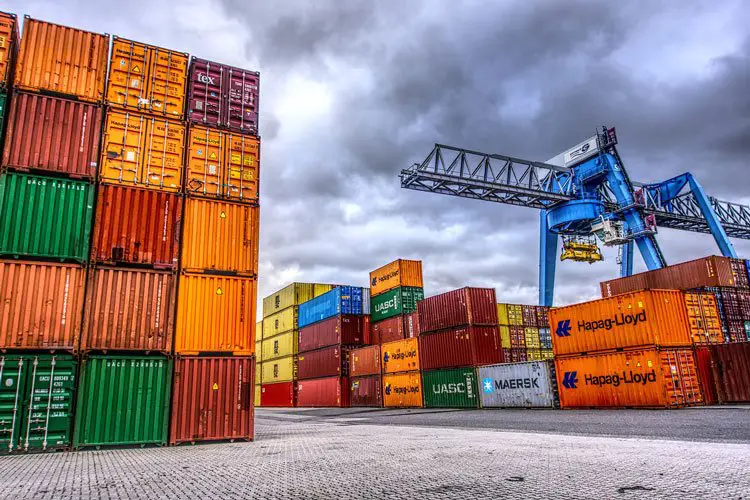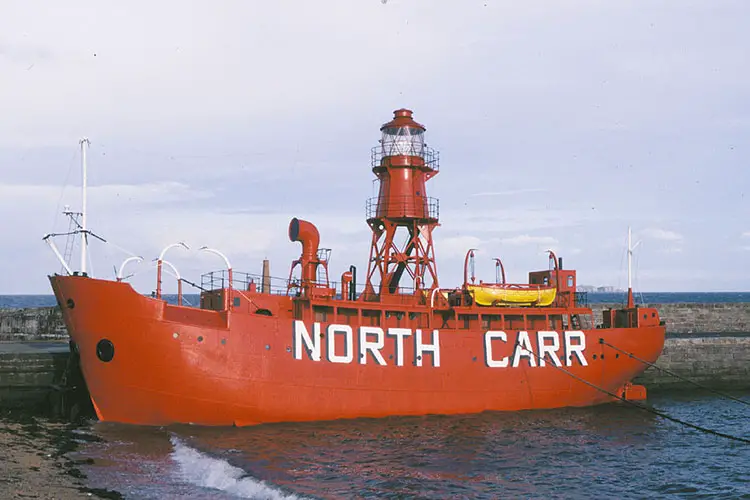The History of Ships – An Insight into the Ancient Maritime World
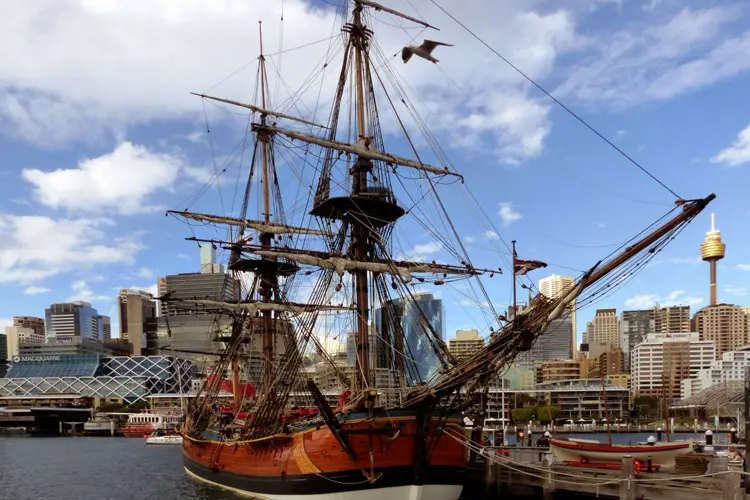
Today we are heavily dependent on ships as our primary medium of transporting goods from one place to another. But there was a time when they used to be the only means of transportation for humans too especially when it came to traveling over vast distances. These ships have come a long way also from being a just simple structure made out of logs to the modern self-propelled humongous systems capable of carrying thousands of passengers. So let’s delve into the history of ships.
The early vessels for marine transportation cannot be called ships for they were simple constructions of logs, reed, air-filled animal skin. Despite the frail nature of their construction, they were easily capable of carrying heavy loads. There were several versions of these types of boats available around different parts of the world. Examples of such vessels include the bull boats of North American plains, the kayaks of Inuit and the coracks of the British islanders.
Another type of interesting construction is where a log is taken, and the insides are carved out, and the ends were made pointed so that it could easily ‘pierce’ through the waters. Their length could be as much as sixty feet. Following are a list of modifications that were made to this simple structures to give it its present form.
Poles and Oars
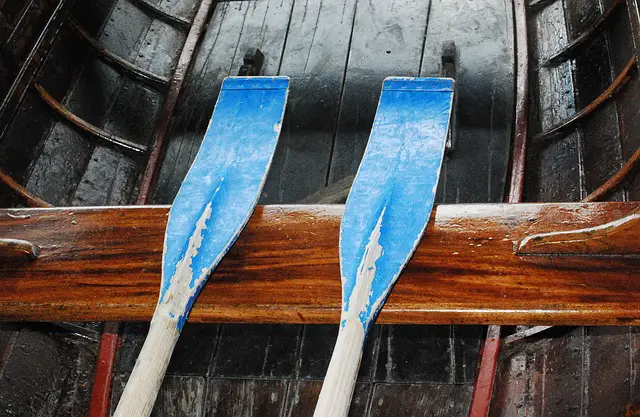
As laborious as it may sound the during the early days, people used to use their hands to paddle. But as they became more and more familiar with the concept of sailing they devised equipment to make the task smoother for them. Initially, they pushed poles against the bottom of the rivers but soon realized that an even more efficient way would be to flatten the oars and widen them. This enabled the sailors to travel through areas which were not as shallow. Later this thing was further upgraded and was fixed on the sides of the boats to make what is known as oar-a-paddle.
The Using of Sails
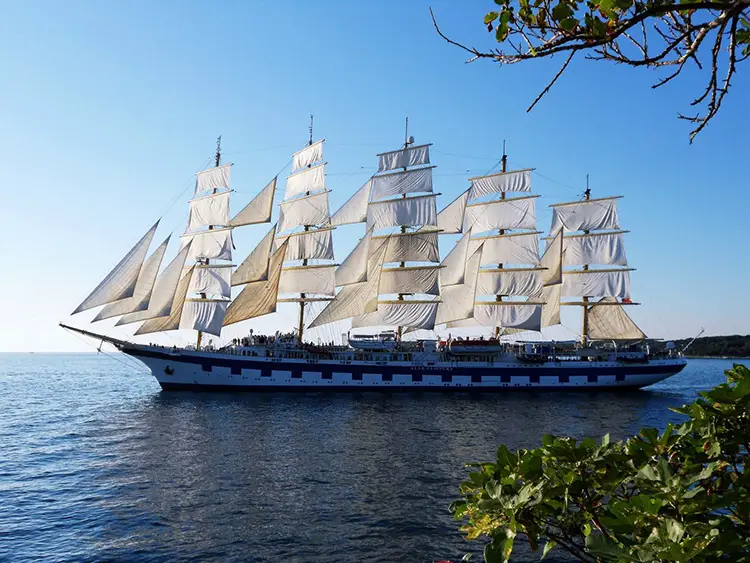
The next upgrade that the boat received was a major one as it brought about some revolutionary changes to the method of propulsion. Now people were no longer needed to continuously paddle to keep the boat moving as that heavy-lifting could now be done by the wind hitting the sails. Since the question of fatigue was also taken care of heavier cargo load could be transported over longer distances. In the initial days, only square-shaped sails were used by the vessels. These were efficient in downwind sailing. Much later fore and aft sails were also implemented.
The ancient Egyptians were one of the most advanced in conceptualizing and building ships. By 3000 BC they were fully aware of the idea of assembling wooden planks into a hull and were the first in developing the advanced sailing cargo ships. Small pieces of wood were lashed and sewn together. These helped in the process of transporting the huge columns of stone that were used in the construction of their magnificent monuments.
Also read: What is a Hull in Ships?
The Contribution of Phoenicians
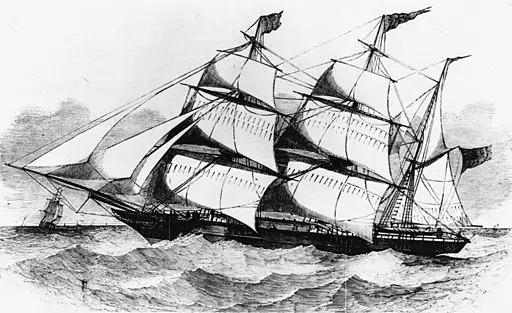
It will be a great injustice if the Phoenicians are not mentioned while chronicling the evolution of ships through the ages. There is a high chance that they were the first to make the wooden sailing vessels which eventually started sailing the high seas centuries later. They designed galleys from the earlier dugouts while sails and oars were used to propel the ship. The arrangement of the rowers was changed with the increase in the size of the galleys, as per the specification and requirements. They were now arranged at two levels, something that the Greeks and the Romans called biremes. Similarly, they also made the trireme which following the previous pattern were galleys with three levels of oars.
Types of Ships in Ancient Maritime History
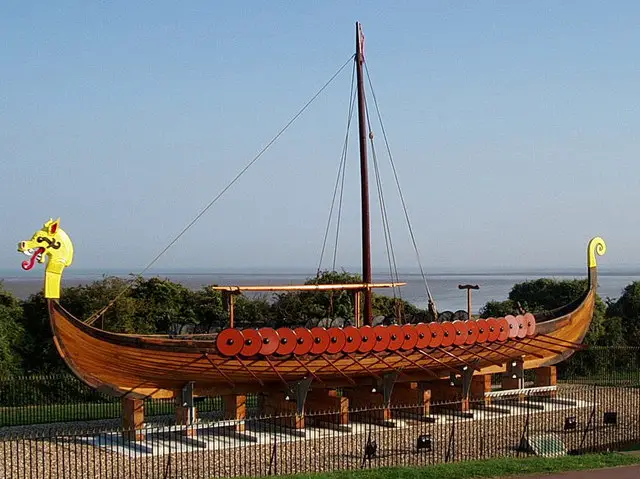
Several craftsmen have changed and updated the design and functionality of the ships over the ages. Let us take a look at some of these. Drawing inspiration from earlier skin boats that needed to overlap to make them watertight, the medieval ships were clinker built. The term refers to the technique in which nails were used to secure planks.
In the medieval ages, we come across wooden framed vessels whose wicker hull was covered in hide. These were the Irish curragh which supposedly had removable masts. These were also equipped with primitive sails too.
Equipped with a much more advanced mast stepping design the famous Viking Longship is a little wider than normal. These had hit the Mediterranean by 1000 AD and had received the permission to set sail.
The hulk came into being as a result of the breaking away from the traditional north European ship design. They became available by 800 AD. An example of such a ship is the Utrecht. Here the planks are smoothened out and joined end to end and tapered. This helps in drawing up at the sides and the bow and stern.
Further Modifications
As shipping became the primary mode of commercial transportation, several modifications were made in the subsequent years to make the ships more suited to the purpose they served. The handling in ships was increased during the 1100’s. This was achieved by adding a straight sternpost thereby advancing the hanging rudder. This, in turn, facilitated the construction of bigger ships having higher freeboards.
With the passage of time, the focus shifted to risk management and the well-being of the crew. To minimize the risk of damaging the cargo by water, the crew were carried in tuns. Tuns are basically large gallon barrels. The crew too could now relax in a little better manner as they could now sleep on big leather bags on deck. The passenger space was called steerage, a term still used to refer to passenger accommodation of minimal facilities.
Next, the ships needed to be bigger. Trade was improving exponentially and thus required a ship that could practically travel from any point on the map to another. The British reliance on ships (or nef, as they called them) increased drastically. We come to notice another big step in the construction of the ships as they started using the plank on frame method of construction.

The origins of a carrack can be traced back to Genoa. These are tall ships and displays the design of three Mediterranean vessels. These were supposed to frequent the northern part of the Atlantic trade in the Bay of Biscay. It was probably the only ship that was built from caravel, a type of construction that found its application in both skin and frame built ships. Here instead of overlapping, the planks were fitted edge to edge. It can be said to be the first of its kind when it came to using a planked skeletal structure that stretched all the way to the keel.

